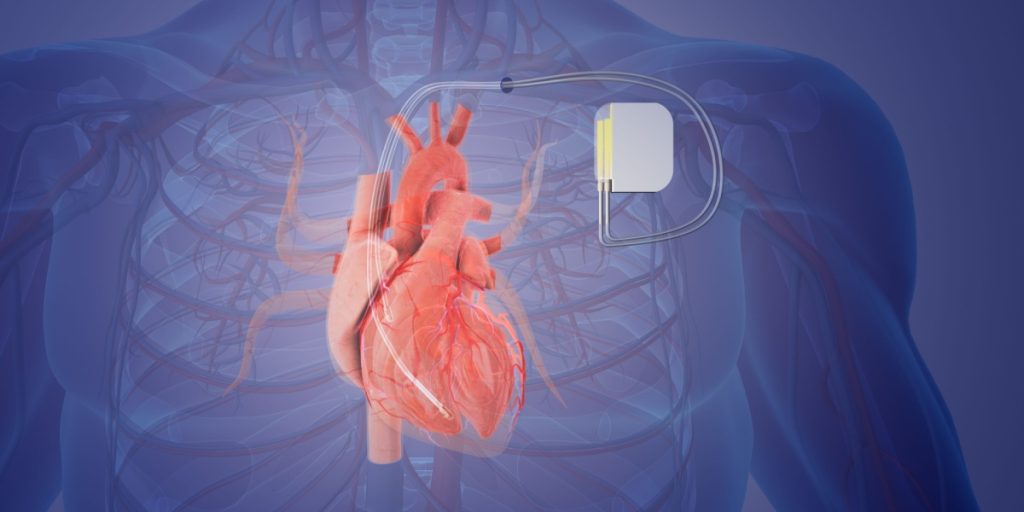If your heart is weak, you may need a pacemaker.
Others are reading now
Each year, 600,000 people globally receive pacemakers, devices that are essential for maintaining the heart’s function in patients with cardiac issues.
Traditionally, these devices require periodic surgical replacement due to battery depletion, posing a continuous risk and inconvenience to patients.
Now, researchers at the University of Chicago are making advances in pacemaker technology, developing a prototype that operates without a battery and addresses other limitations associated with current pacemaker designs.
Also read
Powered by Light
The innovative design of the new pacemaker eliminates the need for batteries altogether.
It incorporates a lightweight, wire-free system that is thinner than a human hair.
This new pacemaker features a flexible membrane that works alongside a light guide. The guide emits a precise pattern of light that the membrane converts into electrical impulses, which are then directed to the heart to maintain proper rhythm.
According to Professor Jens Cosedis Nielsen from the Department of Cardiac Diseases at Aarhus University Hospital, this pacemaker can be placed anywhere on the heart and does not rely on traditional electrodes.
This flexibility in placement could reduce the risk and complexity of pacemaker surgery.
Addressing Electromagnetic Interference
Another advantage of this battery-free pacemaker is its compatibility with other electronic devices.
Current battery-powered pacemakers can be affected by electromagnetic interference from common devices like mobile phones, and patients are generally advised to avoid certain medical scans such as X-rays.
The new technology promises to minimize these interactions, potentially allowing patients greater freedom and fewer lifestyle restrictions.
Challenges Ahead
While the development is promising, the transition from a prototype to a practical medical device will require extensive testing and regulatory approval.
The researchers have acknowledged that there is a long road ahead before the pacemaker can be used widely in clinical settings.
However, the implications of such technology are profound, potentially transforming how cardiac ailments are managed, reducing the need for invasive surgery, and enhancing the quality of life for millions of patients worldwide.


